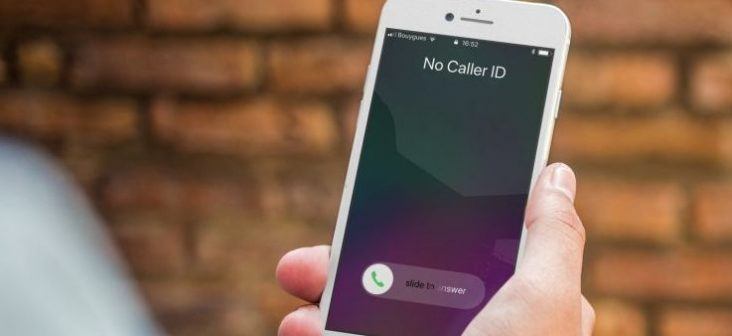Wireless spending jumps to $94 per month as U.S. consumers speedily cut ties to landlines
by June 5, 2019 7:18 pm 586 views

New data from the U.S. Labor Department shows wireless phone service accounted for the lion’s share of telephone spending for much of the last decade as older Americans are increasingly cutting ties to fixed landlines that are copper-wired to the home.
The May volume of the U.S. Bureau of Labor Statistics’ “Beyond the Numbers” report highlights new Consumer Expenditure Survey data showing that in 2017 the average consumer unit spent $1,118, or about $94 per month, on cellular phone service.
That accounts for 82% of total telephone spending, or almost 2% of total spending for the average U.S. consumer, states the report, comparing total cellular phone service spending in 2007 with that in 2017, by age group, income quintile, size of household, as well as by 2017 generational group.
By comparison, the average consumer in 2017 spent $608 on cellular phone services, accounting for 55% of total telephone spending and 1.2% of total spending. The Consumer Price Index for wireless telephone services has fallen substantially over this period, while expenditures have increased, the report states.
Overall, the oldest age group had the highest percentage change in cellular phone service expenditures. Cellular phone service expenditures for consumers 65 years or older increased by 154.5% from 2007 to 2017. This percentage includes an increase of 185.8% for those households with a reference person age 75 years or older.
However, that age group is also the only one for which the share of cellular phone service expenditures to total telephone service expenditures was below 50% in both 2007 and 2017. Households with a reference person under 25 years of age had the highest percentage share allocated to expenditures on cellular phone services in both 2007 and 2017 at 75.3% and 94%, respectively. However, their 29.5% spike in average annual cellular phone service expenditures from 2007 to 2017 was the smallest percent increase of all the age groups. Over that period, spending on cellular phone services as a share of total telephone services consistently fell with increasing age. For example, total spending on total wireless services as a share of all phone spending was 94% percent for the under-25 age group compared to 49.4% for the 75-and-older group.
By generation, spending on cellular phone services was highest at $1,494 per year for households with a reference person in Generation X , born from 1965 to 1980. This dollar amount accounted for 88.3% of the group’s total telephone services in 2017.
Next was the Baby Boomers, born anytime from 1946 to 1964, spending per year at $1,117 per year on wireless phone service. Households with a reference person in the Millennial generation, or those born 1981 or later, had the highest percentage share of cellular phone service expenditures at nearly 93% of all phone service spending.
Although the new report is not surprising given the proliferation of smartphones and wireless consumption, it confirms the most up-to-date data released by the federal government that indicates the number of American homes with only wireless telephones continues to grow.
In December, the U.S. Department of Health and Human Services’ National Center for Health Statistics released preliminary results of a national survey showing that more than one-half of American homes, or 54.9%, had only wireless or smartphones during the first half of 2018—an increase of 2.4% since the first half of 2017. More than three in four adults aged 25-34, or 77.3%, and a similar percentage of adults renting their homes were living in wireless-only households, the report states.
